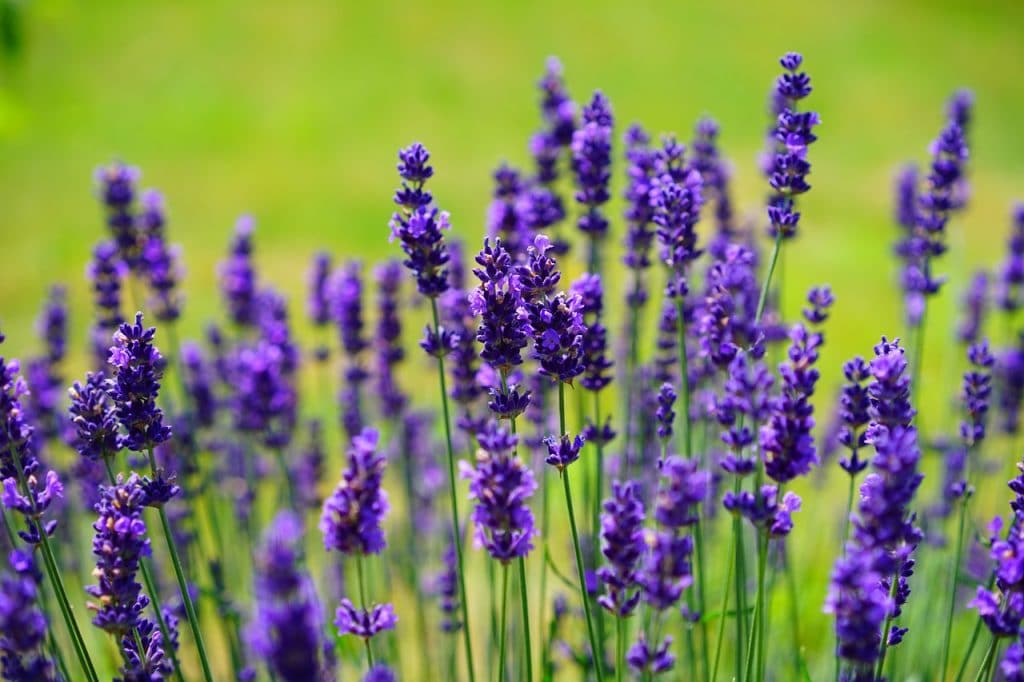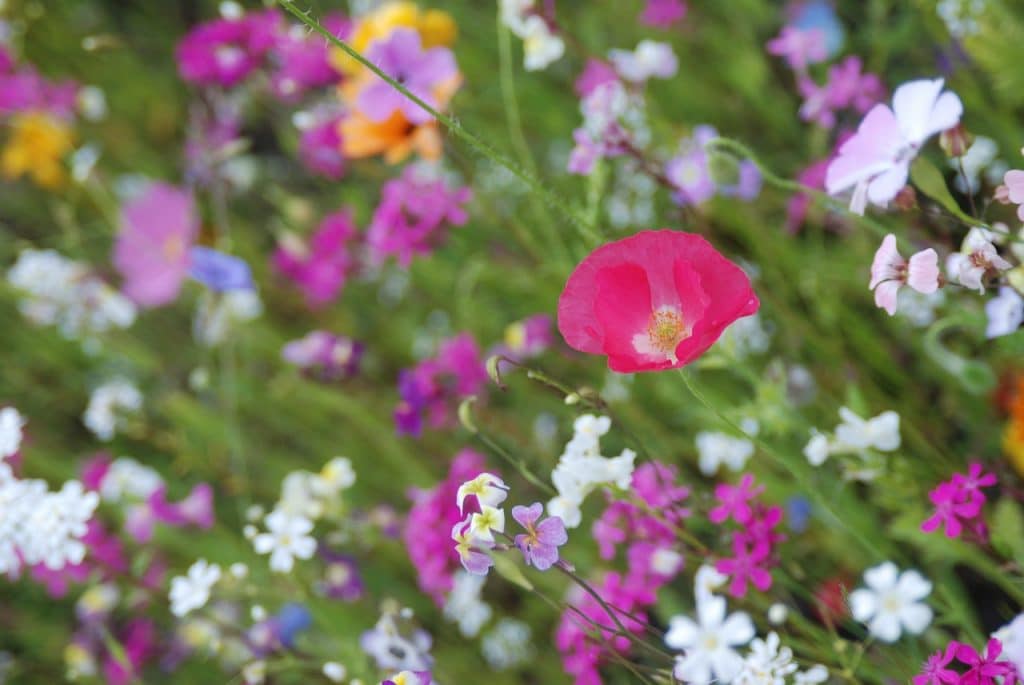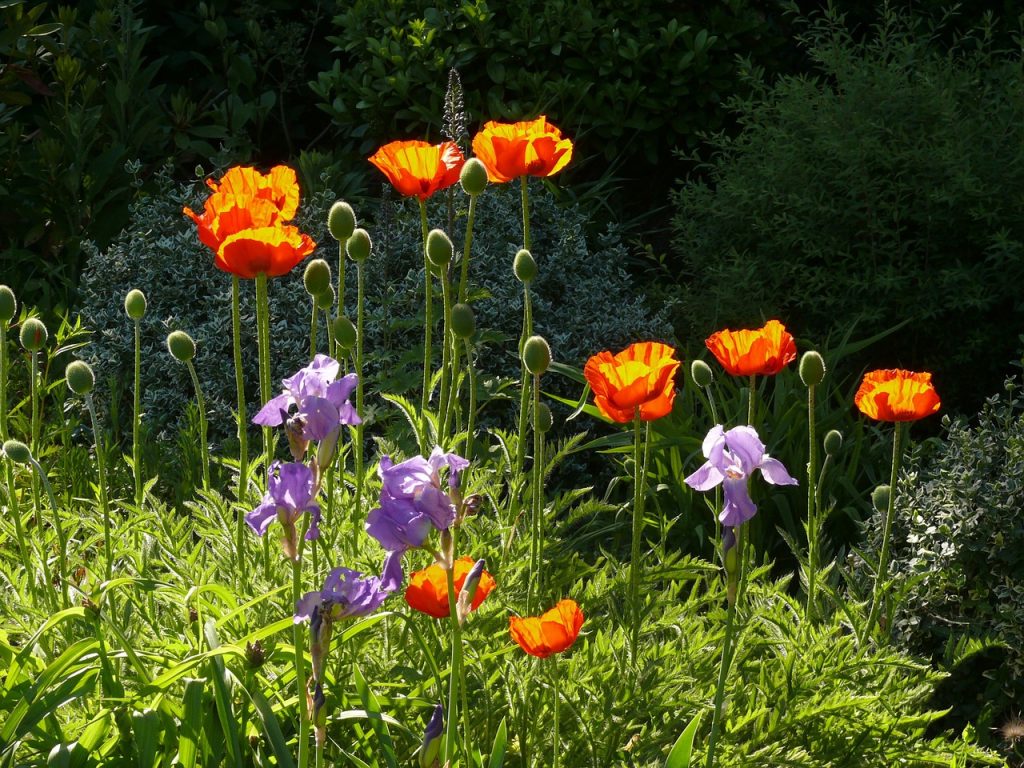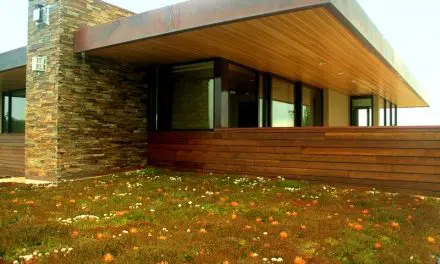A meadow is an area intentionally planted with a mix of native wildflowers and grasses. Typically large, open, sunny areas meadows provide food and shelter for birds, butterflies, and bees as well as other wildlife. Many people choose to start a meadow by “letting nature happen,” leaving an area un-mowed and seeing what comes up. While this may result in the appearance of some wildflowers and grasses, it often means large weeds, invasive plants, and undesirable mono-cultures dominate the new “meadow.”
Once established, a managed meadow can be self-sustaining with minimal annual upkeep required. Proper establishment is critical however if you wish to create a successful meadow, rather than an unruly mix of weeds and wildflowers. Starting a meadow from seed is the most cost-effective way to establish a large-scale planting. While most native plants can tolerate a wide range of soil and moisture conditions, it is important to select seed that is appropriate to your site (wet? dry? clay? sand?) and also includes native plants appropriate for your area.

Method 1: Mow & Herbicide
While the indiscriminate use of herbicides is a major environmental threat, the responsible and judicious use of herbicides can be an effective tool for native ecosystem establishment. The benefit of this approach is that it kills all existing competing vegetation without disturbing the soil. This is the best method for erosion-prone sites as it kills the vegetation above ground while leaving the roots in place to hold the soil. This method is not recommended near streams, wetlands, floodplains, or areas where the herbicide may enter local water sources.
- Remove any woody plants first (undesirable trees/shrubs).
- Mow the area to a height of 2-4”.
- In spring, begin applying a broad-spectrum, non-selective herbicide such as Phydura or Avenger (organic). Repeat applications every 3-4 weeks until the end of growing season.
- Apply seed at any point between late October through January. It’s recommended to apply in late fall or early winter in case of mild winter conditions.

Method 2: Shallow Tilling & Cover Cropping
This alternative method may be used where it is undesirable to use herbicide. Tilling the soil will kill existing vegetation, however it also brings existing weed seed to the surface where it can germinate, and also causes soil disturbance that can allow other invasive weeds to move in. If this method is chosen it is important to begin the process early in the season and continue throughout an entire growing season.
- Remove any woody plants first (undesirable trees/shrubs).
- Mow the area to a height of 2-4”.
- In spring, till soil as soon as it is workable. Till again every 3 weeks, or approx 6 times between April and August.
- In early to mid-August sow a cover crop of oats or clover. This will cover the soil creating a surface that will hold and protect seed and deter annual weeds from germinating the following year.
- After the cover crop has winter killed, sow seed directly into cover crop. No further tilling is required.

Method 3: Transitioning Turf
If transitioning an area of mown lawn to meadow you CAN sow wildflower seed directly into the existing turf grass. This method requires minimal effort, and removes the impacts of both herbicide and soil disturbance – BUT will require patience and repeated seeding over multiple seasons as a portion of the seed will be lost each year until the wildflowers and native grasses can out-compete the existing turf grass.
- Starting in late summer, begin mowing the grass to the lowest height possible.
- Once dormant in late fall or early winter, directly seed into existing lawn.
- The following fall, re-apply the same seed mix at ½ the recommended seeding rate.
- Evaluate the meadow over year 3 and, re-seed again if necessary.
Click through to learn the very important details you need to know for year 1 and year 2!
This article originally appeared on A Greener Garden.








